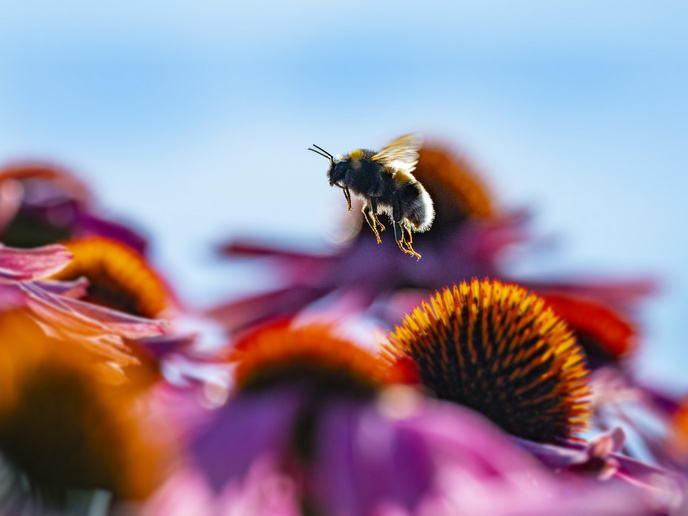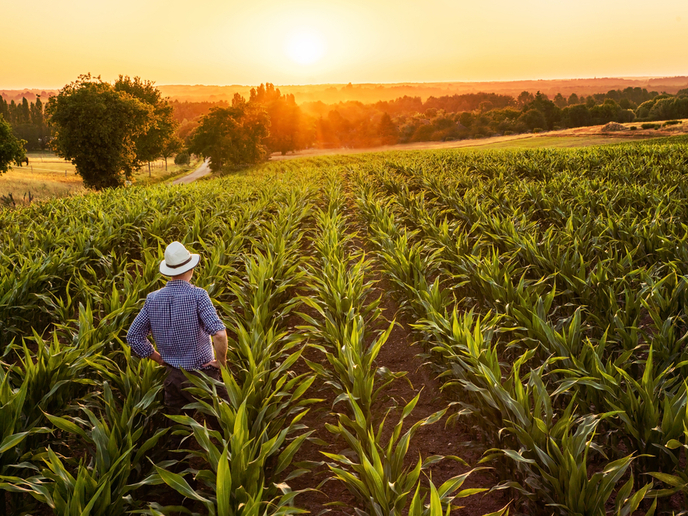Nanotechnology to detect livestock diseases
Nanotechnology has had an important impact on many fields like electronics and communications rather than on more traditional sectors such as agriculture. This is now set to change thanks to the project BIOSENSORS-AGRICULT (Development of nanotechnology based biosensors for agriculture). The aim was to exchange knowledge and enhance the scientific excellence of researchers from Belarus, the EU and Ukraine working in the growing field of optical fibre biosensors. The challenge was to create unique devices for detecting animal diseases, viruses and toxins using light absorbance, reflectance transmittance, fluorescence and photoluminescence. Work carried out involved the development of metal oxide nanomaterials with different surface structures that were deposited on planar plates. Researchers exploited advanced methods such as atomic layer deposition (ALD) and chemical vapour deposition (CVD). The resulting nanostructures were characterised using numerous spectroscopic and microscopic techniques, providing ample opportunity for training researchers in advanced methodologies. Electrical and optical properties were also evaluated. Scientists then functionalised the nanostructures with biomolecules and tested them for use as biosensors for detection of Salmonella, bovine leucosis (a leukaemia-like malignant animal virus) and to monitor glucose levels. Researchers then investigated the deposition of the metal oxides on optical fibres using the same ALD and CVD techniques and developed an on-chip biosensor system in collaboration with industry. In addition, project partners carried out measurements to characterise interactions between the biomolecules and the biosensor metal oxide surfaces on which they were immobilised. The data was then used to inform the model, which was in turn used to optimise the biosensor's performance. The results achieved will enable rapid and accurate methods to be developed for agriculture and food safety. Farmers in Belarus, the EU and Ukraine will be immediate beneficiaries of the biosensors to detect important conditions affecting livestock. Thanks to the rigorous programme of training and collaboration for early-stage and experienced researchers involving 164 secondment months, 7 summer schools or training courses, and 2 conferences, the benefits of BIOSENSORS-AGRICULT promise to continue long after the project’s end.







